Submitted by WA Contents
Emanuele Naboni explores how will we use digital urban design for climate adaptation?
Ukraine Architecture News - Oct 09, 2019 - 16:44 12049 views
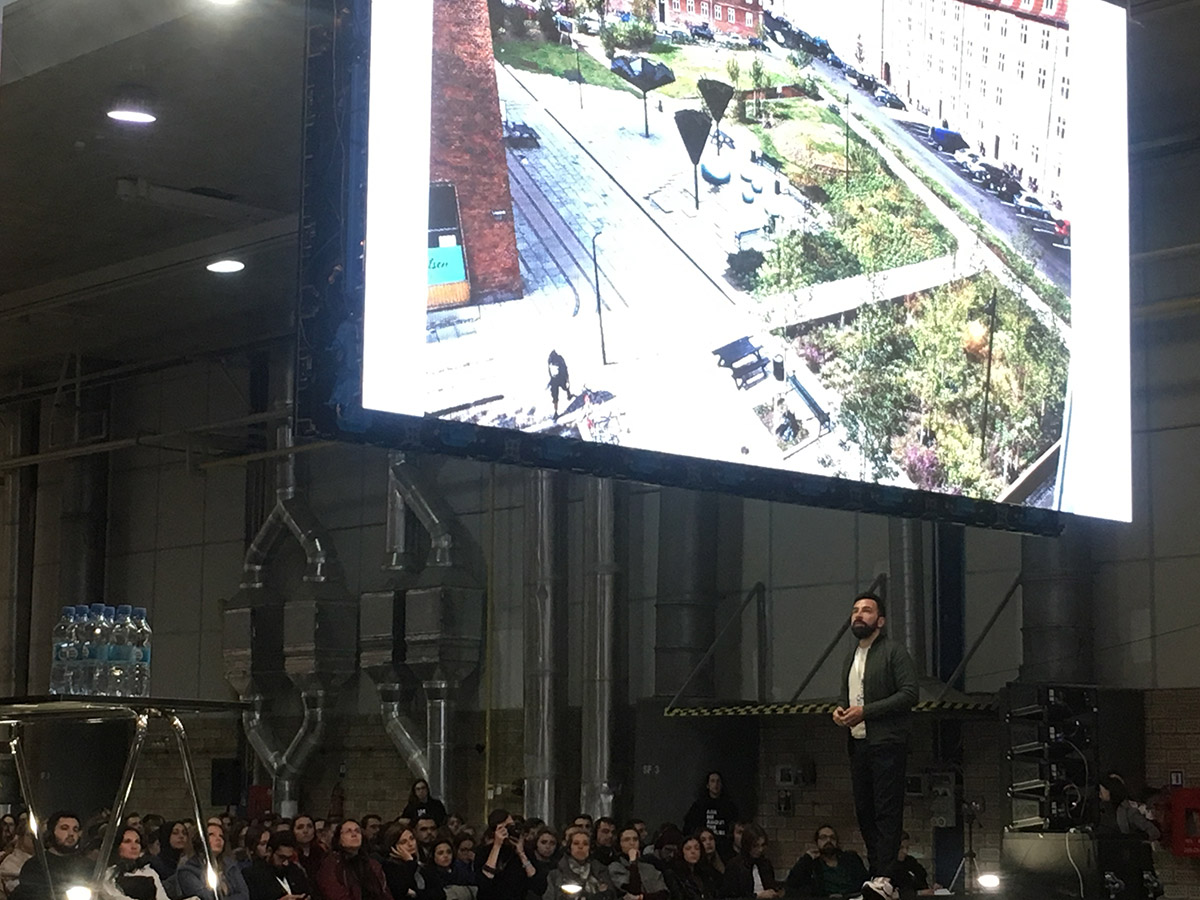
How will we use digital urban design for climate adaptation?, discussed Emanuele Naboni, Associate Professor of Sustainable and Climatic Design at KADK.
Naboni has delivered a lecture at this year’s Architecture of The Future Conference, the biggest European architecture conference on emerging technologies that will shape the future of AEC industry.
Talking at the Future of the City session – the topic of the first day, Naboni stated that "using the right tool in architecture and urbanism to help climate change is important."
He added that "we have been using many tools and visual mediums to understand the reactions of any mediums".
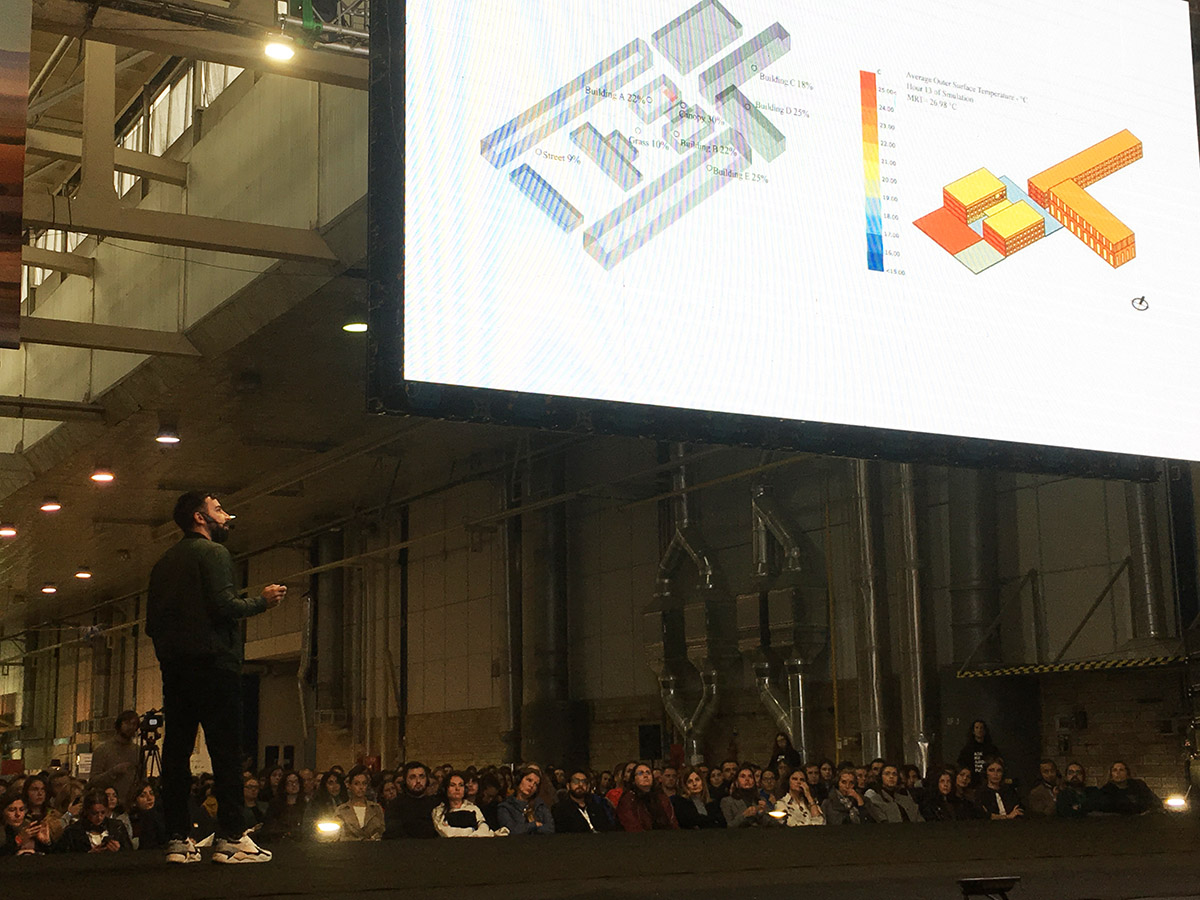
The 2nd edition of the conference is being held on October 9-11, 2019, in Kyiv, Ukraine. Themed as "The Inevitable. Disruptive technologies shaping the future of the AES industry", the 3-day conference is bringing over 2000 attendees with lectures & discussions of recognized architects from all over the world.
First day will discuss “Future of the City”, second day will focus on “Future of Housing” and third day will discuss “Disruptive Technologies Shaping the New Architecture”.
"Brundtland`s conception of sustainability was principally aimed at limiting damage to the ecosystem(s) and human health. However, the principles of the Paris Climate Agreement and the UN Sustainable Development Goals call for a new approach that goes beyond “limiting damage” by conceiving of built environments that “create a positive impact” on both the global and the local ecosystems, as well as on human health and well-being,” said Naboni exploring his lecture.
"The contribution thus offers an overview of digital approaches and showcases international design solutions of urban designs and architectures that are responsive to climate change, provide livable outdoor spaces, carbon positive buildings, implement circular economy principles and increase the wellbeing of citizens."
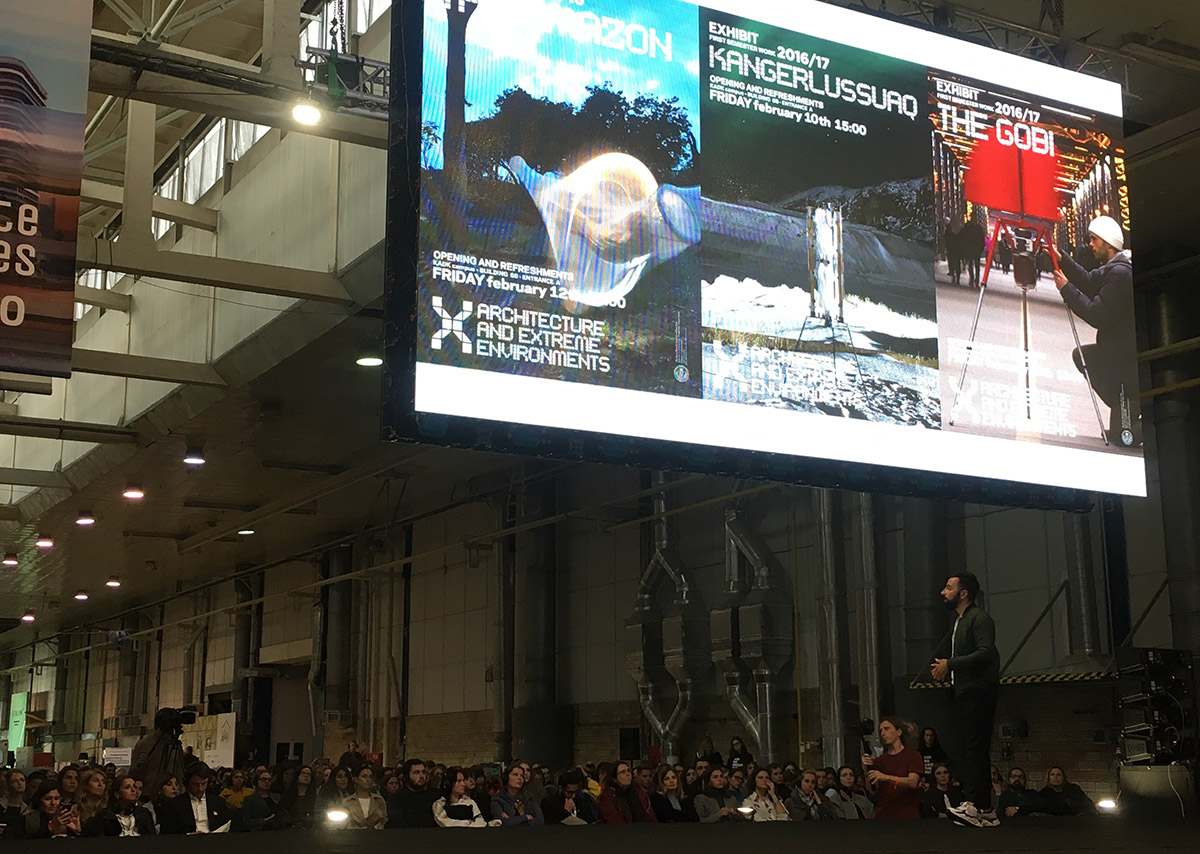
Naboni also added that "the use of local materials is important for any building since they act as heat exchangers. In our digital tools to understand the behaviors of the buildings, we create manipulated variables for facades to understand how facades act in indoor and outdoor climate.
"There are many options to recycle some materials and reuse them for our environment," said Naboni. Naboni also talked about the upcycling, reuse of waste and the hidden potential of plastic waste."
"Could a plastic waste a resource?", he asked. In one of the examples, Naboni showed a resource example from Tanzania and he explained how they transformed a waste into a reusable source."
Naboni added that "we are also measuring the temperature of human body and then creating a visual map to understand how it affects our micro-climate system.
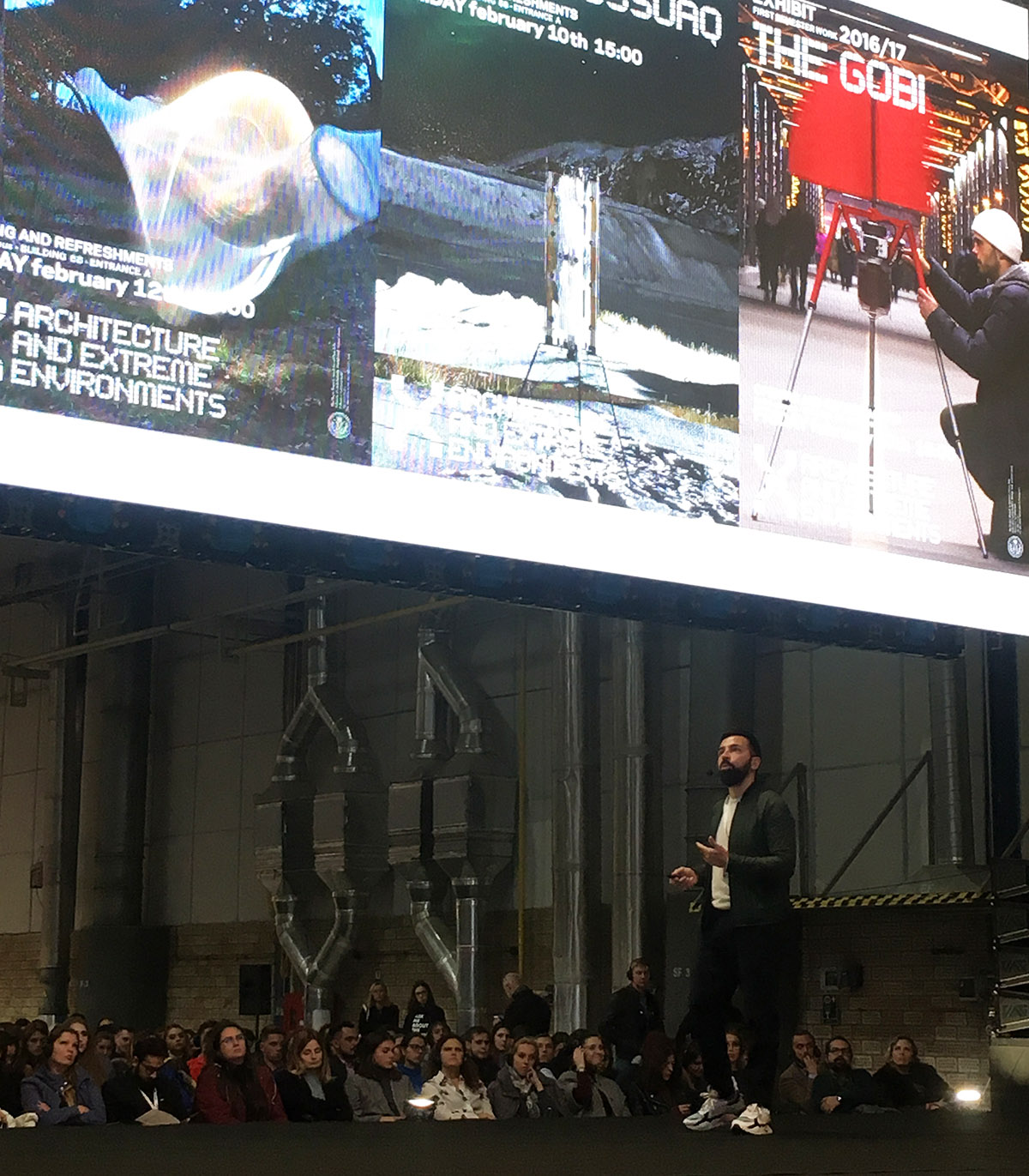
Tackling with the emerging technologies that shape the future of (Architecture, Engineering and Construction) AEC industry, the conference is bringing together architects, engineers, developers, media – all those who seek to change the world through the development of advanced technologies.
World Architecture Community is official Media Partner of the conference and will be bringing you the hottest topics, key discussions and keynote sessions from the 3-day event.
The second edition of the conference is curated by Kyiv-based architect Dmytro Aranchii, founder of Dmytro Aranchii Architects.
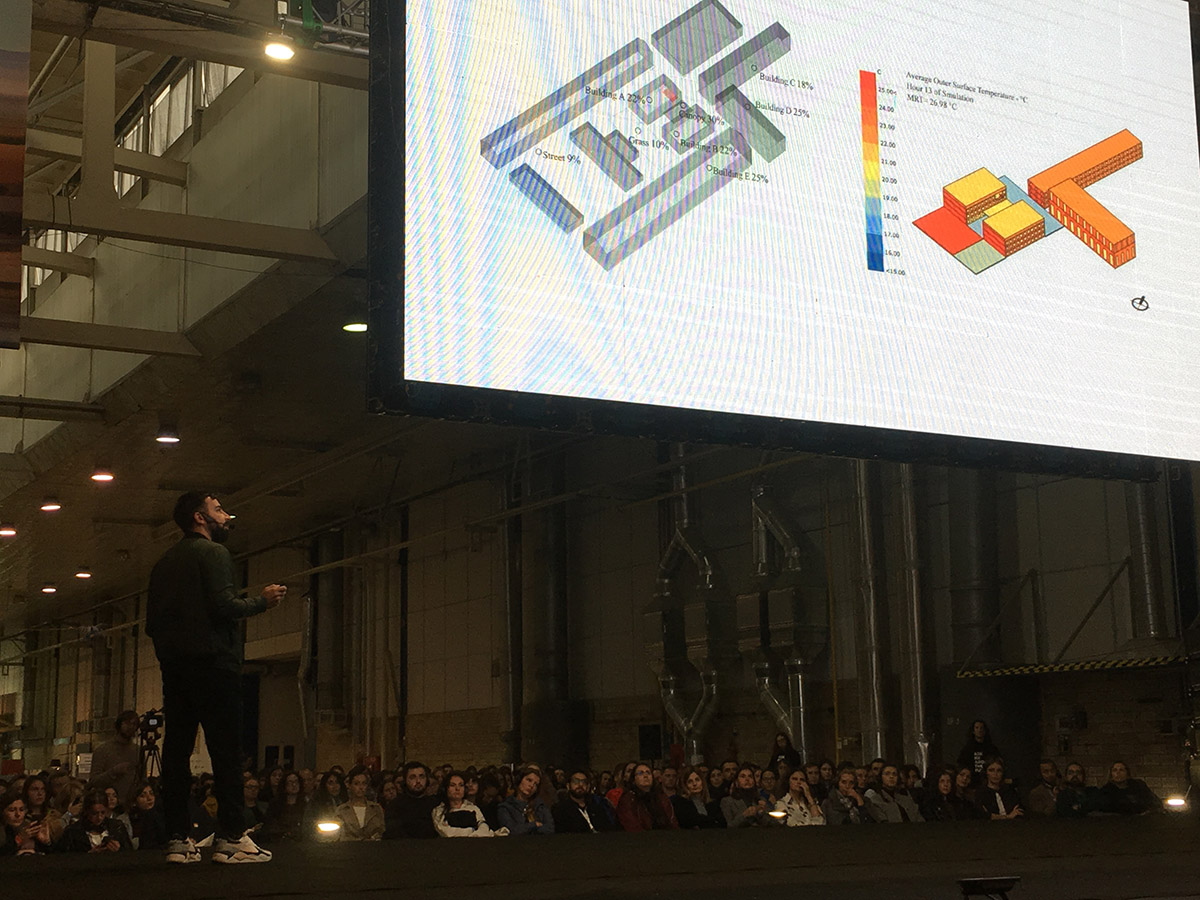
The conference is seeking to change the city through the development of advanced technologies and the creation of iconic projects with key speakers and leaders, including Michael Bentley, Design Director at AI SpaceFactory, Tim Geurtjens, Co-Founder, CTO, MX3D, Xavier De Kestelier, Head of Design, Technology and Innovation, HASSELL, Helen Taylor, Associate & Technical Innovation Lead – Europe Woods Bagot Architects, Rachel Cooper, Associate, Arup, Paolo Testolini, Global Sector Leader – Cities and Places, Woods Bagot, Lukasz Platkowski, Principal, Design Director, Gensler and many more.
The main goal of the conference is to create a platform discussing the role of new technologies in architecture, urbanism and construction.
All images © World Architecture Community
